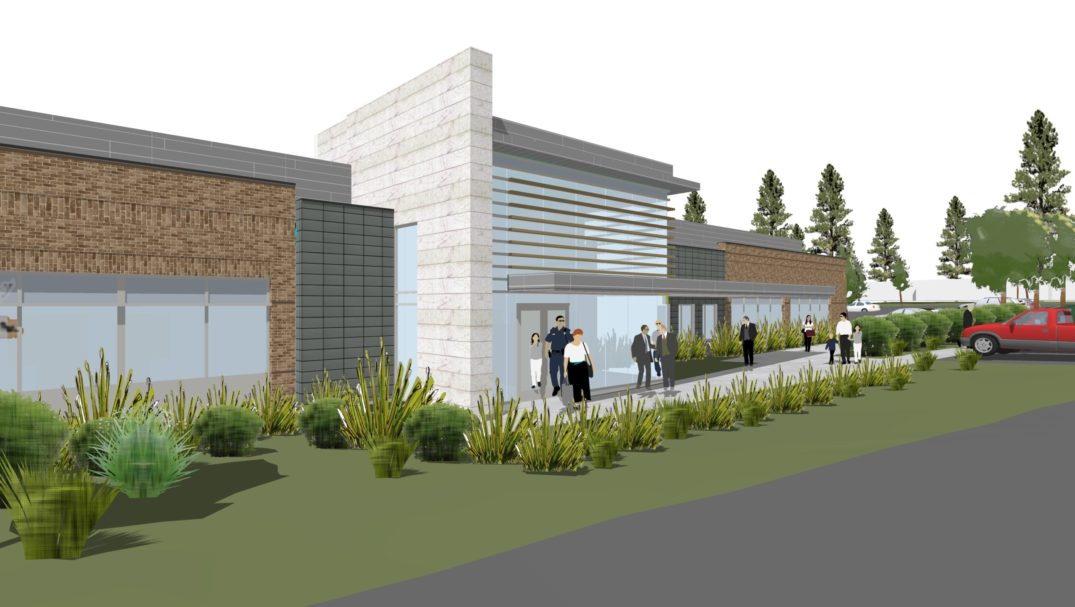Among Youth Homes, Architecture Can Send a Message of Reformation and Hope
Part One of a Two-Part Series

The concepts for punitive conditions and isolation among public offenders runs deep in human history, but for juveniles sometime around the mid-1800s minds began to change. Instead of viewing convicted minors strictly as criminals, a more empathetic society came to view them also as victims. In the late 1960s, the Supreme Court backed this notion and these days we have statistics to follow suit.
Youth entering the juvenile justice system have in many cases experienced significant trauma and violence and are more likely to present with mental health and substance abuse issues. With 65-70% exhibiting disorders, 30% facing learning disabilities and 48% functioning below grade level, by now there’s no debating: these individuals don’t deserve the harshest of punishments; they deserve a second chance.
Fortunately, new evidenced-based practices reverse theories centering on scaring offenders “straight,” leading some state and local governments to collaborate with architects in order to develop new facilities that inspire personal health and transformation. With these objectives in mind, in 2019 officials for Durham County, N.C., teamed up with Moseley Architects to collaborate on a new Youth Home. Scheduled for completion in 2022, the 40,000-square-foot, 36-bed facility is designed to do more than just provide the utmost in safety and security; it provides a therapeutic environment for skill building, counseling and personal reform.
Bringing it All Together
Facilities such as the Durham County Youth Home are faced with multi-faceted needs, ranging from housing, education and recreation, to health care and other essential functions. With more than 230 youth and adult detention and housing facilities in its portfolio, over 50 years in public school design, and having collaborated with more than 200 state, local and federal government agencies, “The more that we do, I think the more crossovers Moseley Architects can bring to the process,” says Jeff Scott, a project manager in the firm’s justice sector. While in the past architecture might have been viewed as a passive profession, “in the sense that we had clients who came to us and said, ‘This is what we want you to design and build and this is what we want you to put into it,’” these days architects function more along the lines of collaborative entrepreneurs, Scott suggests. By entrenching its creative processes into the professions it serves, Moseley Architects’ designs are also known for being morally and philosophically driven. When it comes to juvenile detention centers, “I think it’s even more critical, because of the fact that many of the people who end up in these facilities were dealt a bad hand,” Scott says. “A lot of them just don’t have the environment or the upbringing necessary to make good decisions.” Prior to joining Moseley in October 2019, Scott volunteered as guardian ad litem, assisting juveniles facing court hearings. “What a lot of these kids come from is tough,” he says. “Sometimes it isn’t heavy abuse, in terms of physical abuse or sexual abuse, but often more just consistent neglect.”
At the same time, research establishes relationships between those factors and delinquent behaviors. But for every dollar invested into facilities and programs designed to “scare” juvenile offenders onto the straight and narrow, there are significant financial losses, explains Michael Umpierre, director of Georgetown University’s Center for Juvenile Justice Reform—in some cases by as much as 80 to one, research shows. These days, studies indicate that the idea for punitive, uncomfortable environments to deter juveniles from recommitting delinquent behaviors is a misnomer, Umpierre says. “One of the marked differences between the juvenile system and the adult system is the notion that young people are capable of change. In fact, they do change,” he says. “We have to recognize that, not losing sight of holding youth accountable for their actions, while teaching them new skills and new types of behaviors to get them on the right track.”
States that have caught onto this philosophy now look to provide facilities and services that treat and rehabilitate youth offenders, aiming them at successful reintegration with society and away from the adult judicial system. While in the past juvenile centers might have been seen as last priorities among design and construction budgets, now state and local governments are leaning on firms like Moseley Architects to rethink what those facilities should look like and how they might contribute to reform. At the very least, they should be “normative,” experts suggest, but among the goals for the Durham County Youth Home, architects and designers aimed for a “restorative” environment—including for the professionals who will work there.
“If you can ensure that facilities are secure and safe, which is always a top priority for all of our projects, but then you can check additional boxes, in terms of improving mental health and giving them spaces that are relaxing and restorative,” the designed environment can make a significant contribution, Scott suggests.